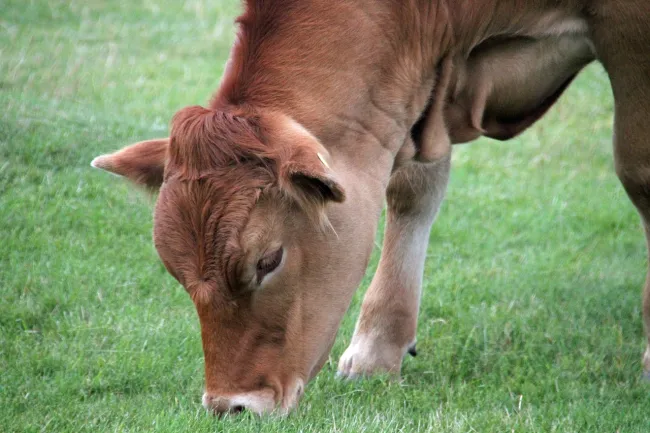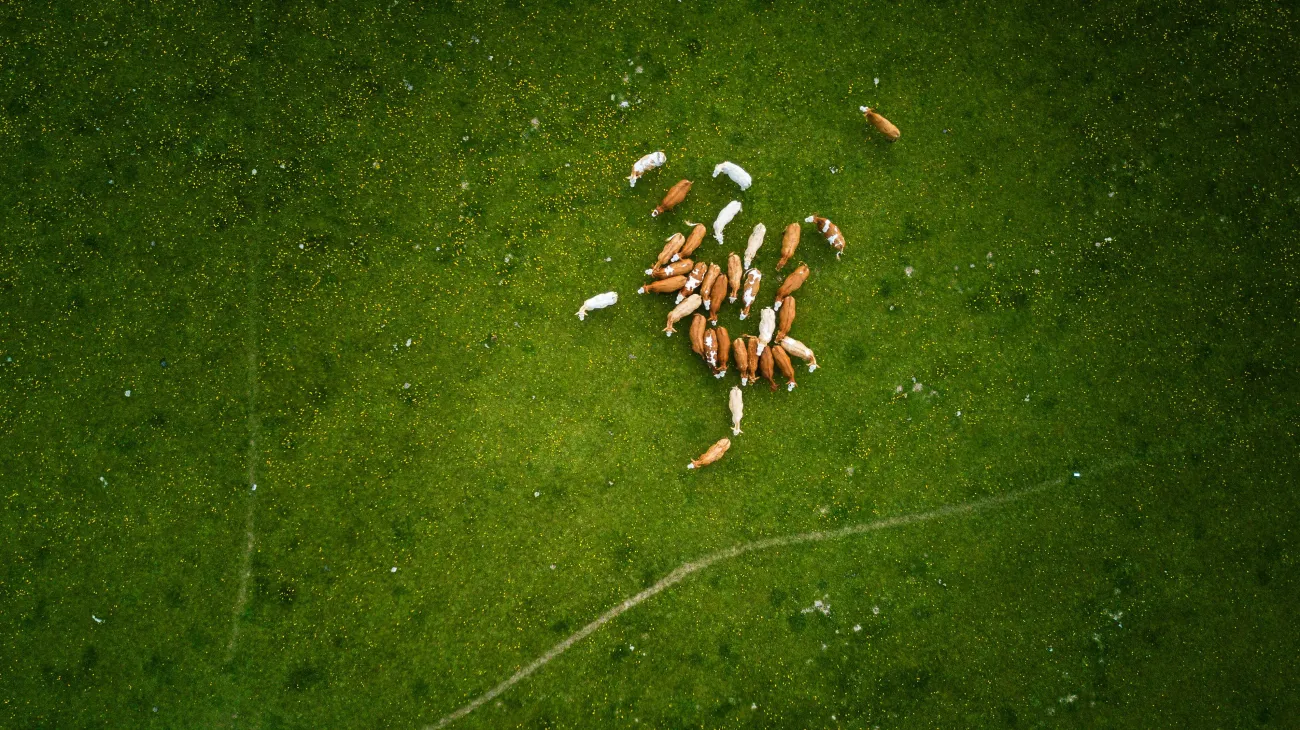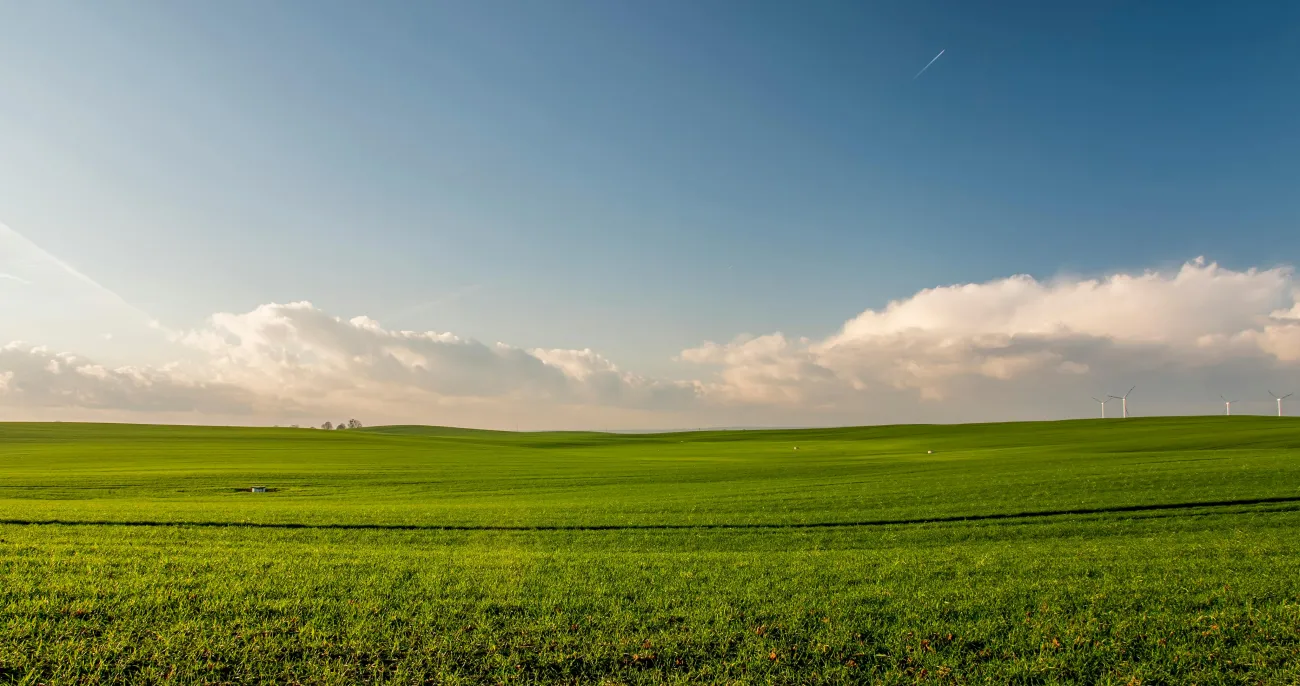If the US were to shift to entirely grass-finished beef (vs. grain-finished), then the US cattle population would have to increase by 30% relative to today, because grass-fed cattle gain weight more slowly than those fattened in feedlots. Furthermore, existing pastures would have to become 40%-370% more productive to avoid converting more natural habitat to farmland or competition with human food supply. Methane emissions from the cattle’s digestive systems might increase by 43%, again because of slower growth rates.

The authors conclude “only reductions in beef consumption can guarantee reductions in the environmental impact of US food systems.”
Abstract
In the US, there is growing interest in producing more beef from cattle raised in exclusively pasture-based systems, rather than grain-finishing feedlot systems, due to the perception that it is more environmentally sustainable. Yet existing understanding of the environmental impacts of exclusively pasture-based systems is limited by a lack of clarity about cattle herd dynamics. We model a nationwide transition from grain- to grass-finishing systems using demographics of present-day beef cattle. In order to produce the same quantity of beef as the present-day system, we find that a nationwide shift to exclusively grass-fed beef would require increasing the national cattle herd from 77 to 100 million cattle, an increase of 30%. We also find that the current pastureland grass resource can support only 27% of the current beef supply (27 million cattle), an amount 30% smaller than prior estimates. If grass-fed systems include cropland-raised forage, a definition that conforms to typical grass-fed certifications, these supplemental feeds can support an additional 34 million cattle to produce up to 61% of the current beef supply. Given the potential of forage feed croplands to compete with human food crop production, more work is required to determine optimal agricultural land uses. Future US demand in an entirely grass-and forage-raised beef scenario can only be met domestically if beef consumption is reduced, due to higher prices or other factors. If beef consumption is not reduced and is instead satisfied by greater imports of grass-fed beef, a switch to purely grass-fed systems would likely result in higher environmental costs, including higher overall methane emissions. Thus, only reductions in beef consumption can guarantee reductions in the environmental impact of US food systems.
Reference
Hayek, M.N. and Garrett, R.D., 2018. Nationwide shift to grass-fed beef requires larger cattle population. Environmental Research Letters, 13(8), p.084005.
Read the full paper here. See also the Foodsource chapter Focus: the difficult livestock issue and the FCRN’s animation of the report Grazed and Confused.




Comments (0)